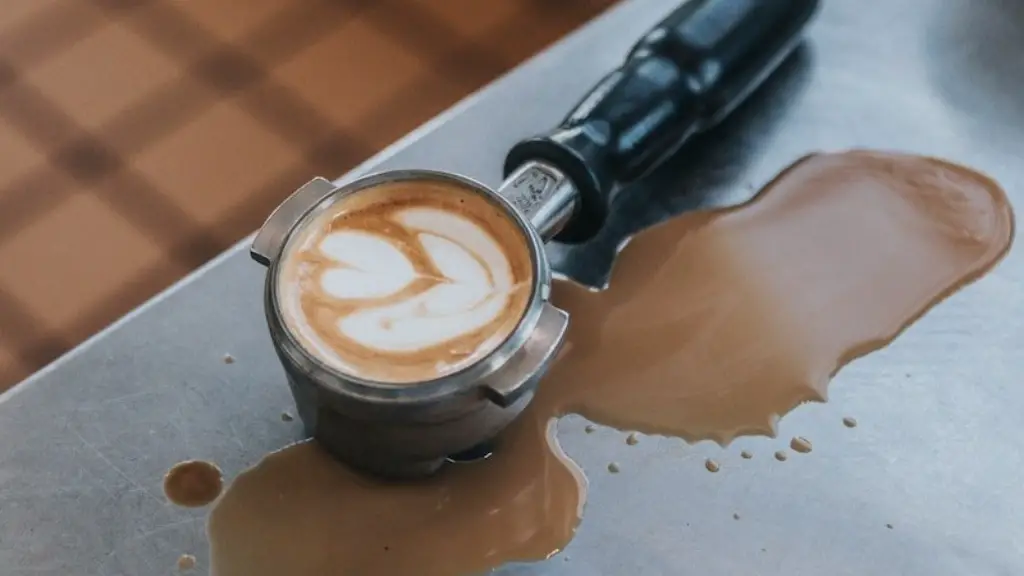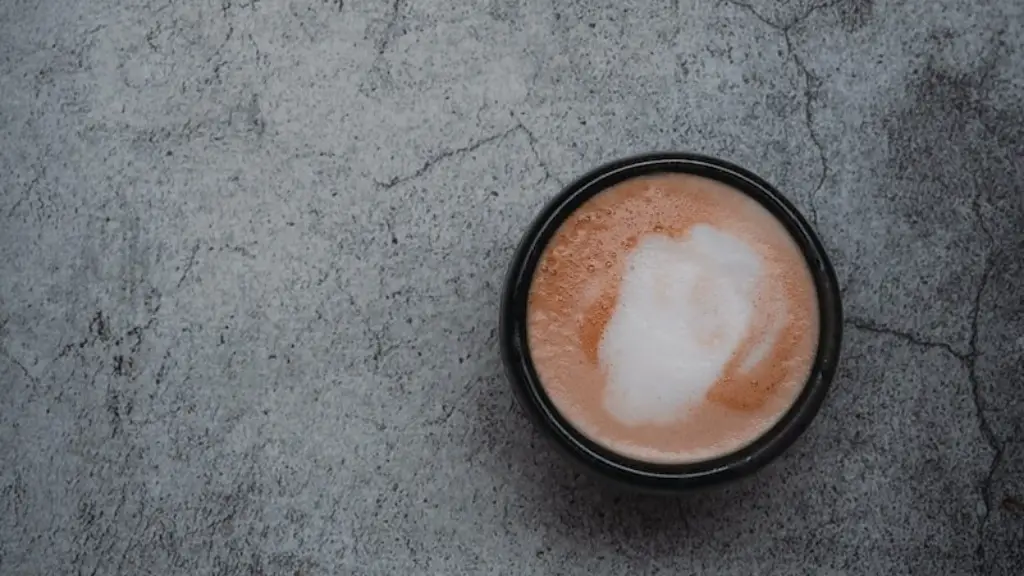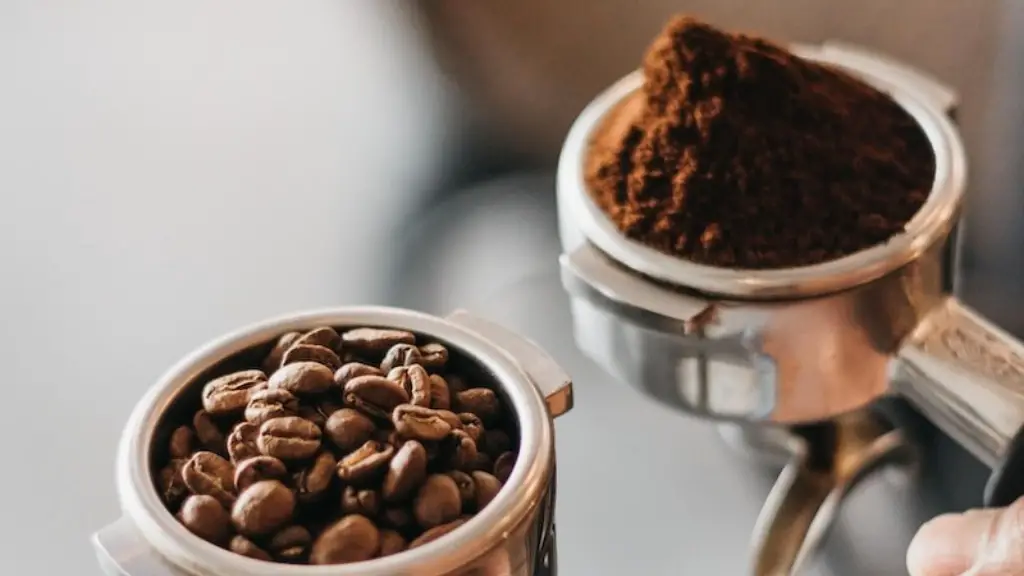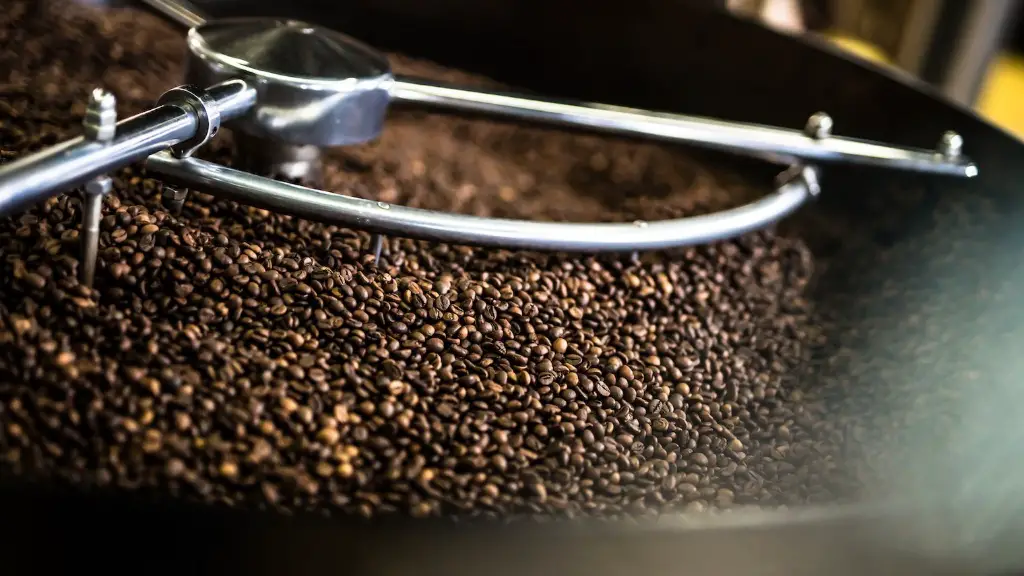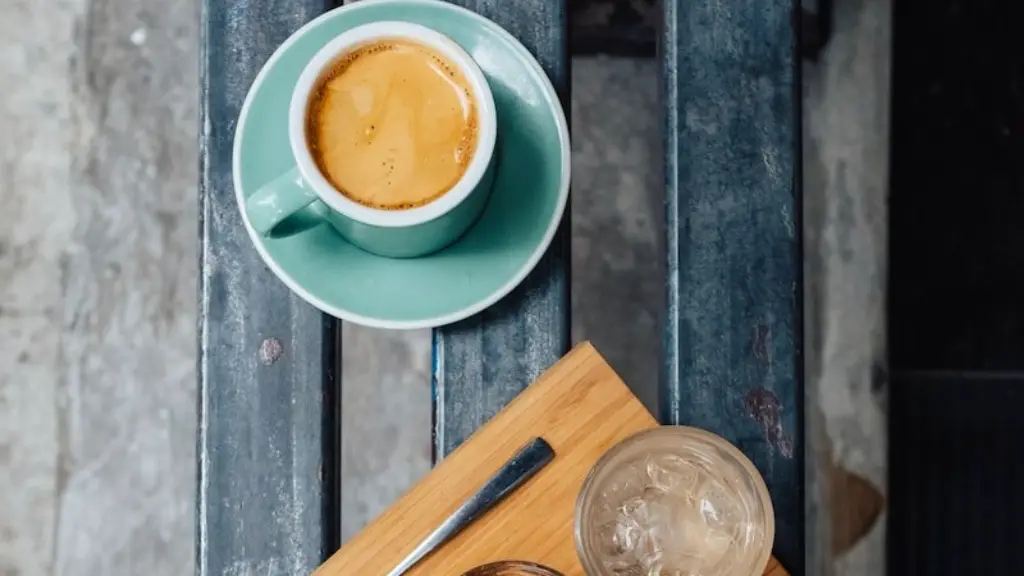Drinking coffee can be a great way to start your day – providing that all-important caffeine boost, who couldn’t resist? But for many of us trying to keep our teeth looking pristine, drinking coffee can be a worry, with its dark hue staining the surface of our teeth. But, fear not! We have some top tips so that you don’t have to miss out.
Firstly, it is essential that you brush your teeth correctly. This means investing in a good quality toothbrush, toothpaste and dental floss. Opting for an electric toothbrush is also a good option, as it will help to remove any residual caffeine that might have been left on the teeth.
Next, be aware of the strength of your coffee. If you have a particularly strong coffee, it can lead to teeth discolouration and other oral health problems. Opting for a lighter blend or a low-fat variant is a great way to help retain the whiteness of your teeth. Also, try to avoid adding any sugary syrups or flavourings to your coffee, as these can contribute to staining.
Alongside this, it is important that you are drinking enough water. This will help to keep your teeth looking healthy and washed out of any remaining coffee particles. Although it might seem counterintuitive, drinking water with your coffee is a great way to reduce the risk of staining. Try to aim for a full glass of water before and after you drink your coffee.
Finally, be aware of the other foods and drinks you consume. Eating highly coloured foods, such as berries and sweets, can also contribute to teeth discolouration. Therefore, try to limit the amount of staining foods and drinks in your diet.
How to brush teeth while drinking coffee
Brushing your teeth twice a day and flossing once a day is highly recommended by dentists. If you are drinking coffee, it is important to brush your teeth straight away afterwards – this will stop any residual caffeine from settling on the surface of your teeth. Be sure to use soft circular motions to clean your teeth and reach the areas in-between them. This will help to remove any food particles that might still be there.
Also, be aware of the toothpaste you use. Many toothpastes contain abrasive materials that can strip away the enamel from your teeth if used too often. Therefore, opt for a non-abrasive toothpaste, which will be gentler on your teeth. It is also a good idea to rinse your mouth with water afterwards, to ensure maximum cleaning effectiveness.
Finally, it is important that you use your tongue to clean your teeth, too. This will help to remove any remaining food or drink residue that might still be stuck on the surface of your teeth.
How to whiten teeth naturally
Whitening your teeth naturally is possible, with a selection of natural remedies available. Baking soda is proven to be an effective way to brighten up your smile, however, due to its abrasive properties, it should only be used a few times a week, with a diluted mixture of water and baking soda. Apple cider vinegar is also known for its bleaching properties – mix it with some water and brush it onto your teeth for a brighter smile.
Other methods include oil pulling – known for its natural bleaching abilities. Use coconut oil and swill it around in your mouth, ensuring you do this before you brush your teeth. You can also try eating natural fruits and vegetables – the rough texture helps to remove plaque and improve the brightness of your teeth.
How to use whitening strips
Using whitening strips is a popular way to obtain a brighter smile. These are thin, flexible pieces of plastic, which come dotted with a thin layer of peroxide-based whitening gel. They are easy to use – simply remove them from the packaging and place them onto your teeth, making sure they are completely covering the affected areas. They are known to work in as little as 4 days. However, it is important to note that using too much of the gel can lead to gum sensitivity.
Also, when using whitening strips, it is important to follow the instructions on the box explicitly. As a general rule, it is recommended that you use them for no longer than 30 minutes a day, for 14 days.
How to avoid teeth staining
It is possible to enjoy your coffee without experiencing any staining. Firstly, it is important to look after your teeth – brushing them twice a day and flossing once a day. Be sure to thoroughly clean your teeth, focusing on the areas around the gum line, where most of the residue from coffee and other drinks accumulate.
Also, it is essential that you cut down on the amount of sugar and sweeteners you add to your coffee. Not only will this help to reduce the staining of your teeth, but it is much better for your health, too! Finally, try to limit your intake of other drinks and foods that have been known to stain the teeth – such as red wine, blackberries and blueberries.
How to use whitening toothpaste
Whitening toothpaste is becoming increasingly popular, as people look to brighten up their teeth quickly and efficiently. Whitening toothpaste works by utilising mild abrasive materials, which help to remove dietary and coffee stains. In addition, it contains certain chemicals that work to break down yellowing on the enamel.
To use whitening toothpaste effectively, it is important to use a small pea-sized amount. Before you use the toothpaste, brush your teeth like you normally would, but with a non-whitening toothpaste. Then, use the whitening toothpaste, making sure you focus on the areas that have discolouration. Finally, rinse your mouth for at least two minutes.
How to prevent salivary acid corrosion from drinking coffee
Drinking coffee can cause acidity in the mouth, which can wear away the enamel on the teeth, leading to long-term damage. Therefore, it is important to take steps to reduce the acidity in your mouth when drinking coffee. Firstly, drinking water will help to reduce the salivary acidity, as it helps to neutralise acids in the mouth.
Next, it is important to brush your teeth regularly. This will help to remove the acid that has been left on the teeth, by washing it away. Be sure to use a soft toothbrush and an anti-acid dental hygiene product to help reduce the corrosive effect on the enamel.
Finally, to reduce the risk of salivary acid corrosion, try to avoid consuming any sugary sweets or carbonated drinks that could provide additional acids to the mouth.
